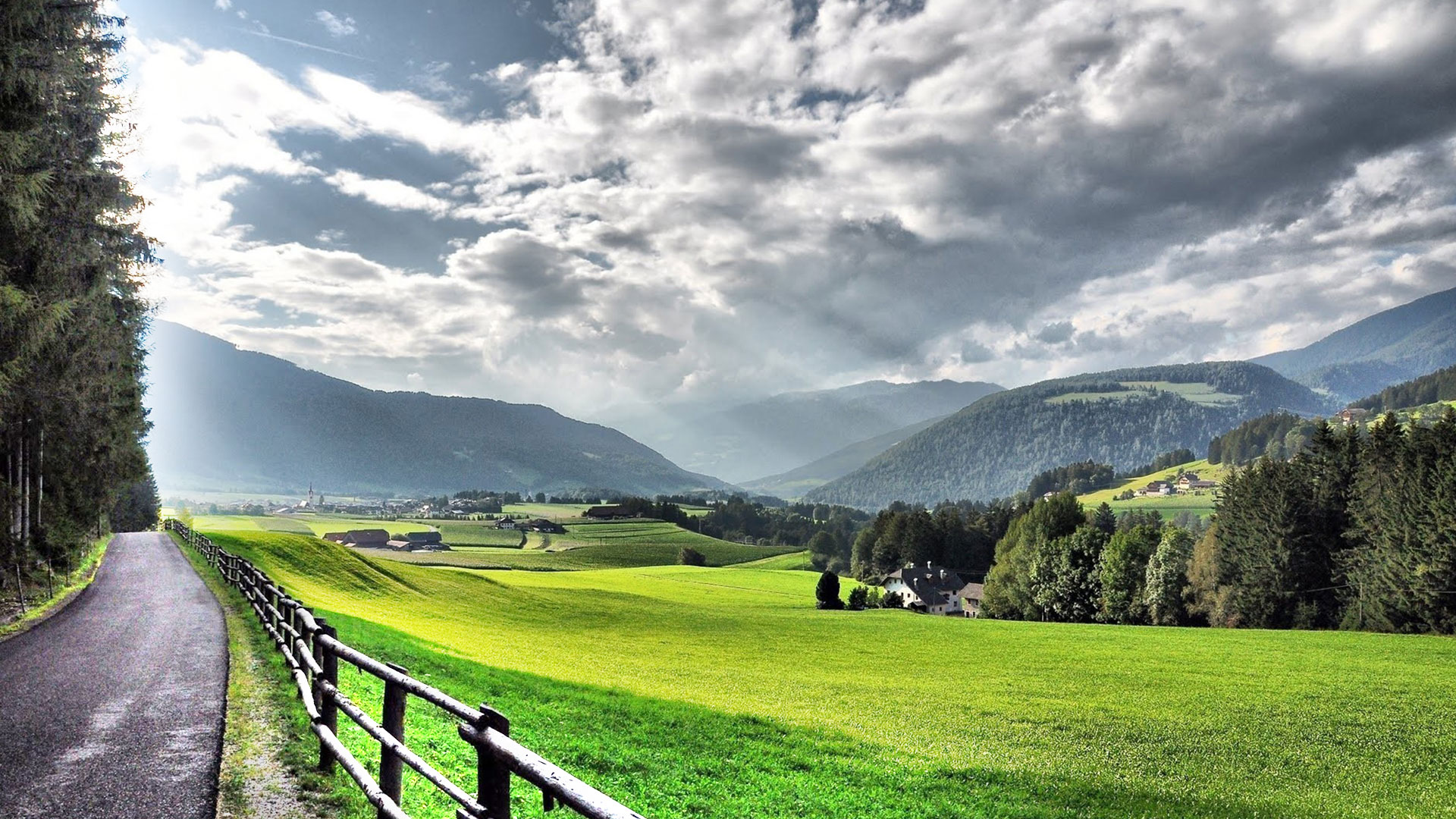When it comes to understanding the climate and weather conditions of a place, it’s essential to start with a little bit of context about the area. Faridabad, a large city in the northern state of Haryana in India, experiences a diverse range of weather throughout the year. From scorching summers to pleasant winters, the weather in Faridabad is a topic of interest for locals and visitors alike.
Geographical Context
Location
Faridabad is strategically located in the northern plains of India, which plays a significant role in determining its weather conditions. It is situated at approximately 28.4° N latitude and 77.3° E longitude.
Topography
The city’s topography is relatively flat, which allows for the free movement of air masses, influencing the weather patterns.
Weather Patterns
Summer
Summers in Faridabad are typically hot and dry, with temperatures often exceeding 40°C (104°F). The summer season starts in April and lasts until June. The intense heat can sometimes be overwhelming, and it’s common for residents to seek relief in cooler indoor spaces during peak afternoon hours.
Monsoon
The monsoon season follows the summer and usually begins in late June or early July. The city receives moderate to heavy rainfall during this season, which brings much-needed respite from the heat. However, the humidity levels also rise, making the weather feel warmer than it is.
Winter
Winters in Faridabad are generally mild and pleasant, with temperatures ranging between 5°C (41°F) and 20°C (68°F). The winter season lasts from December to February. It’s a popular time for outdoor activities and events, as the weather is comfortable and enjoyable.
Factors Affecting Weather
Pollution
One of the factors that can significantly impact the weather in Faridabad is pollution. The city, like many others in North India, faces air pollution challenges, especially during the winter months when atmospheric conditions trap pollutants close to the ground.
Urbanization
The rapid urbanization of Faridabad has also contributed to changes in weather patterns. The increasing concrete structures and decreasing green cover can lead to a phenomenon known as the “urban heat island effect,” which can cause the city’s temperature to be higher than the surrounding rural areas.
Effects of Weather
Agriculture
The weather in Faridabad plays a crucial role in determining the success of agricultural activities in and around the city. The region primarily relies on the monsoon rains for irrigation, making the rainfall patterns vital for crop yields.
Health
Weather conditions, especially during the extreme summer and winter months, can have significant impacts on public health. Heatwaves and cold snaps can pose risks to vulnerable populations, making it essential for residents to take necessary precautions.
Lifestyle
The weather also influences the lifestyle of the residents. For instance, the summer heat may limit outdoor activities during the day, while the pleasant winter weather encourages more social gatherings and outdoor pursuits.
Precautions and Tips
During Summers
During the hot summer months, it’s important to stay hydrated, avoid direct sunlight during peak hours, and wear light, breathable clothing.
During Monsoons
The monsoon season requires precautions against water-borne diseases and ensuring proper drainage to avoid waterlogging.
During Winters
In winter, it’s essential to wear warm clothing and protect oneself from the chilly winds, especially during early mornings and late evenings.
Conclusion
Understanding the weather patterns in Faridabad can not only help residents plan their daily activities but also play a crucial role in sectors like agriculture and public health. While the city experiences a wide range of weather conditions, it’s the ability to adapt and take necessary precautions that make living in Faridabad a unique experience.
Similar Article: Weather in Karnal
FAQs:
What is the average temperature during summers in Faridabad?
The average temperature during summers in Faridabad can exceed 40°C (104°F).
How long does the monsoon season last in Faridabad?
The monsoon season in Faridabad usually begins in late June or early July and lasts until September.
What precautions should be taken during the monsoon season in Faridabad?
During the monsoon season, it’s important to take precautions against water-borne diseases and ensure proper drainage to avoid waterlogging.
Does Faridabad experience pollution-related weather changes?
Yes, Faridabad, like many other cities in North India, faces air pollution challenges, especially during the winter months, which can impact the weather conditions.
What is the “urban heat island effect” and how does it affect Faridabad?
The “urban heat island effect” is a phenomenon where the temperature in urban areas is higher than the surrounding rural areas due to factors like concrete structures and decreasing green cover. This can impact the weather patterns in Faridabad.









